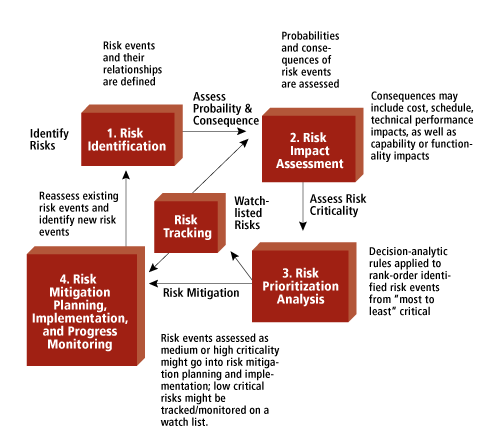Secure Project Management
- Chandra Tandukar

- Apr 15, 2020
- 2 min read

According to the Project Management Institute (2008), the success of a project is classified into 5 levels. These success levels are process success, project management success, and deliverable success, business success in terms of the project, product and Organisational benefits respectively. The project success depends on the viewpoint of the specific stakeholders and returns on the investment. However, the project’s success is affected by various factors and that ensure the security of the project if these factors are identified and treated with the appropriate measure during the project.
The general factors that affect the project are listed below
1. Time
2. Budget
3. Stakeholders
4. Project Team
5. Demand
6. Supply
7. Price
Similarly, the other factors that also influence the project are
1. Interpersonal Skills
a. Communication
b. Leadership
c. Critical Thinking
d. Decision Making
2. Planning
3. Task Management
4. Risk Management
5. Quality Management
Project Risk
The security risks could be present in a project. If anyone of the above mention factor is affected then there are risks in the project. The various type of risks associated with the project are categorized into various risk areas and risks explained in the table below.

Risk Mitigation
Risk can be mitigated through the proper risk management strategy. The below figure shows the tailored approach to managing risk in a project.

Once the risks are identified, analyzed, evaluated and prioritized. Here are some of the controls that can be implemented to mitigate the risk
Accept
Accepting the existing risks which have minimal effect in the project and bear the huge cost on mitigating are acknowledged and accepted on the decision of the project manager.
Avoid
The risks which are required to eliminate or reduce should use to appropriate avoid control. This can be done by accommodating budget, schedule, technical and expert requirement.
Control
The appropriate controls measure are in place to minimize the impact and likelihood of the risk as these risks cannot be eliminated.
Transfer
The risks can also be transfer to third-party through reassigning or insuring to the stakeholders who accept it.
Monitor
One of the effective measures to identify, detect and mitigate the risk is continual monitoring of change environment that may be affected or are likely of any threats.
Hence, there are various types of risk associated with the project and various tools and techniques to identify them. But, in my view, the implementation of risk assessment and mitigation strategy with the project and throughout the project lifecycle will check and balance the risk and make the project secured.
Bibliography
Bannerman, P. L. (2008, July 16). Defining project success a multilevel framework. Retrieved from Project Management Institute: https://www.pmi.org/learning/library/defining-project-success-multilevel-framework-7096
McGraw, G. (2005, September 21). Risk Management Framework (RMF). Retrieved from CISA Cyber Infrastructure: https://www.us-cert.gov/bsi/articles/best-practices/risk-management/risk-management-framework-%28rmf%29
Project Management Institute, Inc. (2013). A Guide to the Project Management Body of Knowledge. Pennsylvania: Project Management Institute, Inc.
The MITRE Corporation. (2020). Risk Mitigation Planning, Implementation, and Progress Monitoring. Retrieved from Mitre: https://www.mitre.org/publications/systems-engineering-guide/acquisition-systems-engineering/risk-management/risk-mitigation-planning-implementation-and-progress-monitoring

Comments